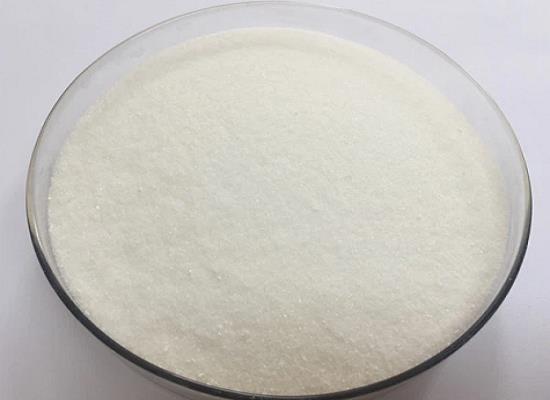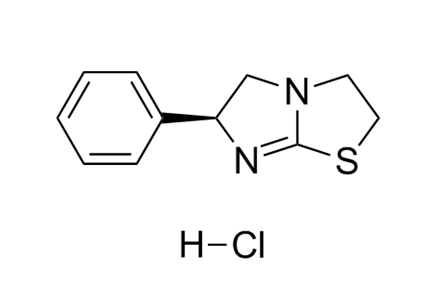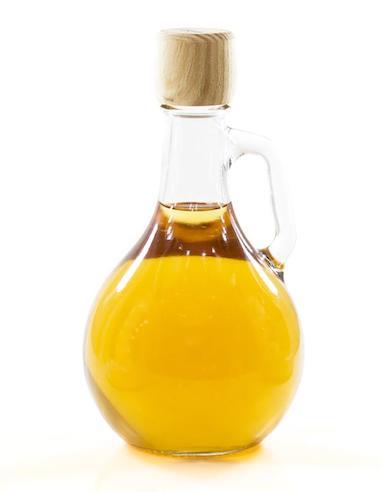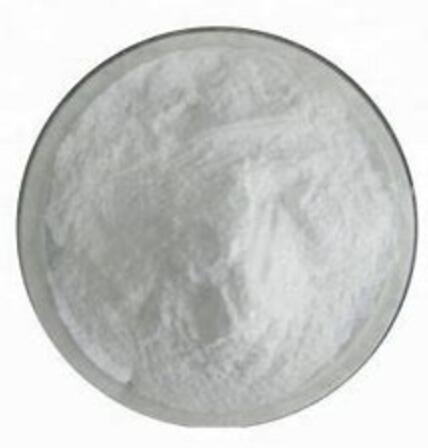Levamisole hydrochloride: Applications, metabolism and side effects
General description
Levamisole hydrochloride, sold under the brand name Ergamisol among others, is a medication used to treat parasitic worm infections. Specifically it is used for ascariasis and hookworm infections. It is taken by mouth. Side effects may include abdominal pain, vomiting, headache, and dizziness. Use is not recommended during breastfeeding or the third trimester of pregnancy. Serious side effects may include an increased risk of infection. It belongs to the anthelmintic class of medications. Levamisole hydrochloride was discovered in 1966. It is on the World Health Organization's List of Essential Medicines. It is not commercially available in the United States. Levamisole hydrochloride is also used as a dewormer for livestock. Its appearance is as follows:
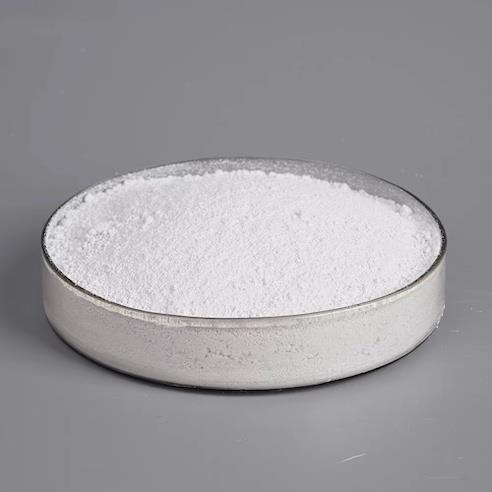
Figure 1 Appearance of Levamisole hydrochloride
Applications
Levamisole hydrochloride was originally used as an anthelmintic to treat worm infestations in both humans and animals. Levamisole hydrochloride works as a nicotinic acetylcholine receptor agonist that causes continued stimulation of the parasitic worm muscles, leading to paralysis. In countries that still permit the use of Levamisole hydrochloride, the recommended dose for anthelmintic therapy is a single dose, with a repeated dose 7 days later if needed for a severe hookworm infection. Most current commercial preparations are intended for veterinary use as a dewormer in cattle, pigs, and sheep. However, Levamisole hydrochloride has also recently gained prominence among aquarists as an effective treatment for Camallanus roundworm infestations in freshwater tropical fish. After being pulled from the market in the U.S. and Canada in 1999 and 2003, respectively, Levamisole hydrochloride has been tested in combination with fluorouracil to treat colon cancer. Evidence from clinical trials support its addition to fluorouracil therapy to benefit patients with colon cancer. In some of the leukemic cell line studies, both levamisole and tetramisole showed similar effect.
Levamisole hydrochloride has been used to treat a variety of dermatologic conditions, including skin infections, leprosy, warts, lichen planus, and aphthous ulcers.[1] An interesting adverse side effect these reviewers reported in passing was "neurologic excitement". Later papers, from the Janssen group and others, indicate Levamisole hydrochloride and its enantiomer, dexamisole, have some mood-elevating or antidepressant properties, although this was never a marketed use of the drug.[2]
Metabolism
Levamisole hydrochloride is readily absorbed from the gastrointestinal tract and metabolized in the liver. Its time to peak plasma concentration is 1.5–2 hours. The plasma elimination half-life is fairly quick at 3–4 hours which can contribute to not detecting Levamisole hydrochloride intoxication. The metabolite half-life is 16 hours. Levamisole hydrochloride's excretion is primarily through the kidneys, with about 70% being excreted over 3 days. Only about 5% is excreted as unchanged Levamisole hydrochloride.[3] Drug testing of racehorse urine has led to the revelation that among Levamisole hydrochloride equine metabolites are both pemoline and aminorex, stimulants that are forbidden by racing authorities.[4] Further testing confirmed aminorex in human and canine urine, meaning that both humans and dogs also metabolize Levamisole hydrochloride into aminorex., though it is unclear whether plasma aminorex is present at any appreciable level. Blood samples following oral administration of Levamisole hydrochloride out to 172 hr post-dose did not demonstrate any plasma aminorex levels above that of the limit of quantification (LoQ). Additionally, in cocaine-positive plasma samples, of which 42% contained levamisole, aminorex was never reported at concentrations higher than LoQ.
Side effects
One of the more serious side effects of levamisole is agranulocytosis, or the depletion of the white blood cells. In particular, neutrophils appear to be affected the most. This occurs in 0.08–5% of the studied populations. There have also been reports of levamisole induced necrosis syndrome in which erythematous painful papules can appear almost anywhere on skin. It has been used as an adulterant in cocaine resulting in serious side effects.[5]
References
[1]Scheinfeld N, Rosenberg JD, Weinberg JM (2004). "Levamisole in dermatology : a review". American Journal of Clinical Dermatology. 5 (2): 97–104.
[2]Vanhoutte PM, Van Nueten JM, Verbeuren TJ, Laduron PM (January 1977). "Differential effects of the isomers of tetramisole on adrenergic neurotransmission in cutaneous veins of dog". The Journal of Pharmacology and Experimental Therapeutics. 200 (1): 127–40.
[3]Kouassi E, Caillé G, Léry L, Larivière L, Vézina M (1986). "Novel assay and pharmacokinetics of levamisole and p-hydroxylevamisole in human plasma and urine". Biopharmaceutics & Drug Disposition. 7 (1): 71–89.
[4]Ho EN, Leung DK, Leung GN, Wan TS, Wong AS, Wong CH, Soma LR, Rudy JA, Uboh C, Sams R (April 2009). "Aminorex and rexamino as metabolites of levamisole in the horse". Analytica Chimica Acta. 638 (1): 58–68.
[5]Centers for Disease Control Prevention (CDC) (December 2009). "Agranulocytosis associated with cocaine use - four States, March 2008-November 2009". MMWR. Morbidity and Mortality Weekly Report. 58 (49): 1381–5.
You may like
Related articles And Qustion
See also
Lastest Price from Levamisole hydrochloride manufacturers

US $5.00-0.50/KG2025-06-13
- CAS:
- 16595-80-5
- Min. Order:
- 0.10000000149011612KG
- Purity:
- 99% hplc
- Supply Ability:
- 5000kg

US $1.00/kg2025-06-10
- CAS:
- 16595-80-5
- Min. Order:
- 1kg
- Purity:
- 99.99%
- Supply Ability:
- 2000kgs

